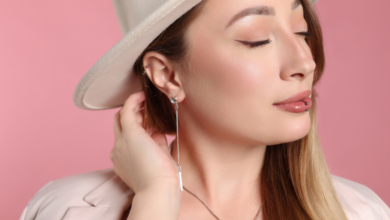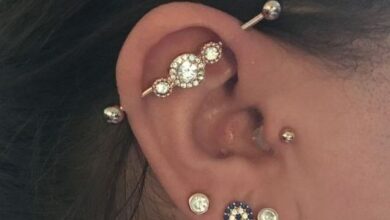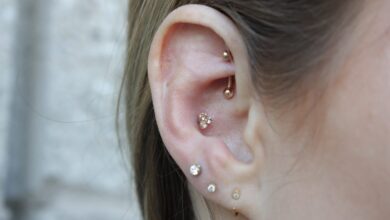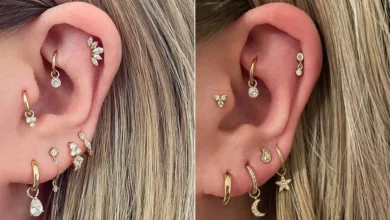
Throughout history, body piercing has been a fascinating part of human culture, with a rich and diverse background that spans across different civilizations and time periods. From ancient rituals and symbolisms to modern self-expression, the evolution of piercing tells a captivating story of personal adornment and cultural significance. Join us as we take a journey through time and explore the fascinating history of body piercing.
Ancient Origins of Piercing
Early Examples of Piercing in Ancient Cultures
Piercing is a practice that dates back thousands of years, with evidence of its existence found in ancient civilizations around the world. The earliest known examples of piercing come from ancient cultures such as the Egyptians, Romans, Indians, and Chinese. These cultures often used piercing as a form of adornment, with individuals wearing jewelry made from various materials such as bone, stone, or metal.
Piercing in Ancient Egypt
In ancient Egypt, piercing held deep cultural and religious significance. It was believed that piercing certain parts of the body would bring good fortune and protect against evil spirits. Egyptians adorned themselves with earrings, nose rings, lip piercings, and even belly button piercings. The materials used for jewelry included gold, silver, and precious gemstones. Piercings were not only limited to royalty but were also common among the working class. The popularity of piercing in ancient Egypt can be seen through the intricate jewelry found in tombs and historical artifacts.
Piercing in Ancient Rome
Piercing was prevalent in ancient Rome, and it served various purposes. Roman soldiers often wore earrings as a symbol of their bravery and to display their accomplishments in battle. In addition to earrings, Roman women often adorned themselves with intricate hairpin piercings and rings. Roman jewelry was made from a wide range of materials, including gold, silver, pearls, and even glass. Piercing was not only a fashion statement but also a symbol of social status and wealth in Roman society.
Piercing in Ancient India
Ancient India has a long history of body modification and piercing. The practice of piercing was deeply rooted in Indian culture and had both religious and aesthetic significance. Indian women would often pierce their nostrils, ears, and belly buttons as a part of traditional customs and ceremonies. These piercings were believed to enhance a woman’s beauty and improve spiritual well-being. The jewelry used in Indian piercings was usually made from gold, silver, or precious gemstones, and intricate designs were crafted to reflect the rich cultural traditions of the region.
Piercing in Ancient China
Ancient China also embraced the practice of piercing, particularly among the ruling class. Piercing in Chinese culture was associated with beauty and femininity, with noblewomen often adorning themselves with intricate earrings and hair accessories. Jewelry materials such as jade, gold, and silver were highly valued and considered symbols of wealth and status. Men in ancient China also engaged in piercing, primarily in their ears, as a fashion statement and a way to display their social rank.
Piercing in the Middle Ages
Religious Significance of Piercing in the Middle Ages
During the Middle Ages, piercing took on a more symbolic and religious significance. Piercing was often associated with acts of devotion and martyrdom, with some individuals using piercing as a form of religious expression. For example, Christian pilgrims journeying to holy sites would sometimes pierce their bodies as a way to commemorate their faith and show their dedication to God. These piercings were often temporary and performed as part of religious rituals.
Piercing as a Form of Punishment
In addition to its religious significance, piercing was also used as a form of punishment during the Middle Ages. Criminals and prisoners would often be subjected to painful and degrading piercings as a means of public humiliation. These piercings were often performed in visible areas of the body to serve as a constant reminder of their transgressions.
Piercing in Medieval Europe
Piercing in medieval Europe was often associated with superstition and folk practices. The wearing of earrings was believed to repel evil spirits and bring good luck. Piercing was also prevalent among noblewomen, who would adorn themselves with intricate jewelry as a symbol of their social status. During this period, jewelry was often made from materials such as gold, silver, and semi-precious gemstones.
Piercing in Islamic Culture
In Islamic culture, piercing holds historical and religious significance. While the Quran does not explicitly mention piercing, it is believed that the Prophet Muhammad himself wore earrings and encouraged his followers to do the same. Piercing in Islamic culture is often seen as a way to emulate the Prophet and to partake in a form of modest adornment. Women in Islamic societies may also engage in nose piercings, which are considered a cultural tradition and a way to enhance beauty.

Renaissance and Victorian Era Piercing
Revival of Piercing in the Renaissance
After the Middle Ages, piercing experienced a revival during the Renaissance. With a renewed interest in classical art and culture, individuals began incorporating elements of ancient piercing practices into their own fashion choices. Piercing became increasingly popular among the European aristocracy and was seen as a symbol of refinement and elegance. Earrings, in particular, were worn prominently, with both men and women donning ornate designs made from gold, silver, and precious gemstones.
Piercing in Elizabethan England
In Elizabethan England, piercing was widely embraced as a form of personal decoration and self-expression. Queen Elizabeth I herself was known for her love of jewelry and elaborate piercings. Women in Elizabethan society would often pierce their ears, noses, and lips, and would wear jewelry that reflected their social status and wealth. Pearls, diamonds, and other precious gemstones were highly prized, and intricate designs were crafted to create stunning pieces of wearable art.
New Piercing Practices in the Victorian Era
The Victorian era brought about new piercing practices and styles. The Industrial Revolution led to advancements in jewelry-making techniques, allowing for the creation of more intricate and detailed designs. The popularity of piercing continued to grow, and men and women alike embraced piercings such as eyebrow piercings and tongue piercings. However, societal norms and expectations limited the visibility of these piercings, leading to a more discreet form of adornment.
Modern Piercing Trends
The Influence of Tribal Cultures
In the late 20th century, the influence of tribal cultures on piercing became prominent. Tribal communities around the world have a long history of body modification and piercing. These practices often hold cultural and spiritual significance within these communities. Western individuals began to adopt tribal piercings as a way to connect with a sense of spirituality or to express their appreciation for these cultures.
Piercing in the Punk Movement
The punk movement of the 1970s and 1980s brought about a new wave of piercing trends. Punks used piercing as a form of rebellion against mainstream society and as a way to express their individuality. Body piercings such as nose rings, lip piercings, and multiple ear piercings were popular among punks, often creating a more edgy and nonconformist look.
The Body Modification Subculture
In recent years, the body modification subculture has gained traction, bringing forth a wide range of unique and unconventional piercings. This subculture emphasizes individuality, self-expression, and pushing the boundaries of traditional piercing practices. Piercings such as surface piercings and genital piercings have become more prevalent, allowing individuals to express themselves in innovative and sometimes controversial ways.
Piercing in Popular Culture
Piercing has also become increasingly popular in mainstream culture, thanks to the influence of celebrities and popular media. Celebrities such as Rihanna, Scarlett Johansson, and Harry Styles have proudly displayed their piercings, inspiring fans to embrace this form of body adornment. Piercing has also been featured prominently in movies, TV shows, and music videos, further normalizing and popularizing the practice.
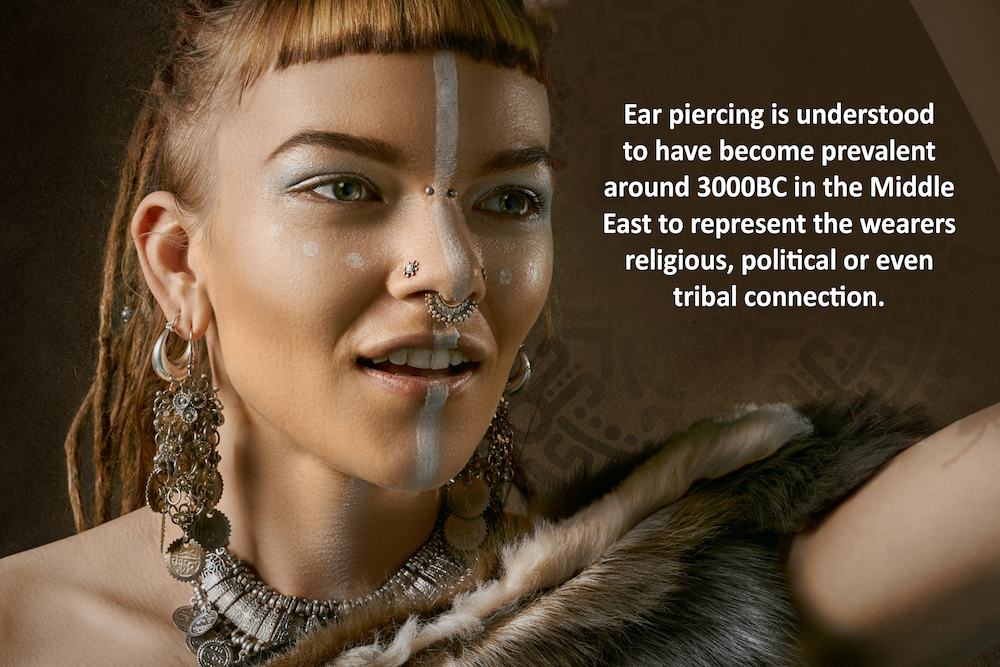
Piercing Safety and Regulation
Introduction of Sterilization Techniques
As piercing gained popularity, concerns for safety and hygiene arose. To address these concerns, the introduction of sterilization techniques became paramount. Piercing studios began implementing sterilization protocols, such as the use of autoclaves to sterilize equipment and jewelry. This increase in safety measures has significantly reduced the risk of infection and other complications associated with piercing.
Legal and Sanitary Regulations for Piercing Studios
To ensure the safety and well-being of individuals getting pierced, many countries and jurisdictions have implemented legal and sanitary regulations for piercing studios. These regulations typically require piercers to meet certain hygiene standards, maintain a clean and sterile environment, and ensure proper training and certification. This has helped to further improve the overall safety of the piercing industry.
The Role of Professional Organizations
Professional organizations, such as the Association of Professional Piercers (APP), play a crucial role in promoting safe piercing practices. These organizations provide education and support for piercers, advocate for industry standards, and contribute to ongoing research about piercing safety and best practices. By establishing guidelines and standards, professional organizations help ensure that individuals seeking piercings receive the highest level of care and professionalism.
Celebrity Influence on Piercing
Piercing Trends Among Celebrities
Celebrities have long been trendsetters in the world of fashion and style, and piercing is no exception. Many celebrities have embraced piercing as a way to express their unique personalities and artistic visions. From ear cuffs and multiple ear piercings to septum piercings and lip piercings, celebrities have popularized various piercing trends over the years.
The Impact of Celebrity Endorsements on Piercing
Celebrity endorsements have a significant impact on piercing trends and the general perception of the practice. When a well-known celebrity or influencer proudly displays their piercings, it can inspire their fans to follow suit and embrace piercing as a form of self-expression. Celebrity endorsements also help to destigmatize piercings and showcase them as a fashionable and socially acceptable form of body adornment.
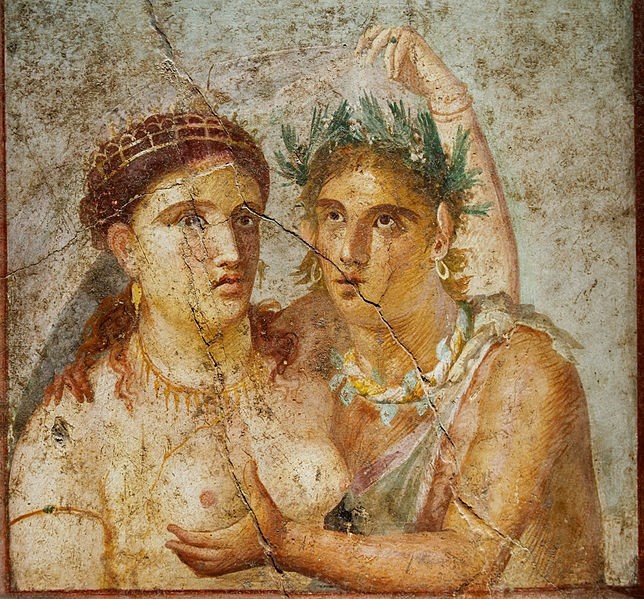
Nontraditional Piercings
Surface Piercings
Surface piercings are a type of piercing that do not enter or exit a body part through a specific channel, such as an earlobe or nostril. Instead, the jewelry is placed underneath the surface of the skin, with the entry and exit points coming out on the same plane. Surface piercings can be placed on various parts of the body and allow for more unique and creative piercing placements.
Genital Piercings
Genital piercings, as the name suggests, involve piercing the genitals. This type of piercing has been practiced for centuries in different cultures and is often associated with cultural traditions, sexual enhancement, or personal aesthetics. Genital piercings can be performed on both men and women and include piercings such as Prince Albert, Christina, and clitoral hood piercings.
Contemporary Piercing Innovations
Dermal Anchors
Dermal anchors, also known as microdermal piercings, are a relatively new innovation in the world of piercing. Unlike traditional piercings that pass through a specific channel, dermal anchors are implanted directly into the skin. The jewelry sits flush against the surface of the skin, creating a unique and visually striking look. Dermal anchors can be placed almost anywhere on the body, allowing for endless creative possibilities.
Industrial Piercings
Industrial piercings, also known as bar or scaffold piercings, involve two separate piercings connected by a single piece of jewelry. This piercing typically passes horizontally through the upper ear cartilage, creating a bold and edgy look. Industrial piercings have become increasingly popular among those seeking a more unique and unconventional piercing choice.
Microdermal Piercings
Microdermal piercings, also called single-point piercings, involve the placement of a small piece of jewelry directly beneath the surface of the skin. This type of piercing allows for more flexibility in jewelry choice and can be placed on various parts of the body. Microdermal piercings are commonly seen on the face, chest, and neck, creating a subtle yet visually striking effect.
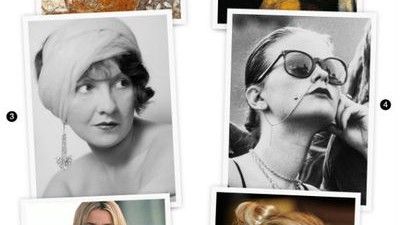
The Future of Piercing
Advancements in Body Modification Technology
As technology continues to advance, the future of piercing holds exciting possibilities. Innovations in piercing techniques, materials, and implantable devices may pave the way for entirely new forms of body modification. Scientists and designers have already begun exploring the use of biocompatible materials and 3D-printing techniques to create custom-made implants and jewelry, offering individuals even more personalized and unique piercing choices.
Potential Cultural Shifts in Piercing Trends
Piercing trends have historically evolved and changed over time, reflecting shifts in culture, fashion, and societal norms. It is possible that future cultural shifts may influence piercing trends as well. As body modification becomes more widely accepted and celebrated, we may see an even broader range of piercings becoming mainstream. Additionally, cultural influences and global connectivity may bring forth new and exciting piercing practices from around the world.
Conclusion
The history of piercing is a testament to our innate desire for self-expression and adornment. From its ancient origins in civilizations such as Egypt, Rome, India, and China to the modern-day trends influenced by tribal cultures, punk movements, and celebrity endorsements, piercing has evolved and adapted to the changing times. With advancements in safety, regulations, and innovative piercing techniques, we can expect piercing to continue to flourish as a dynamic and ever-evolving form of body art in the future.
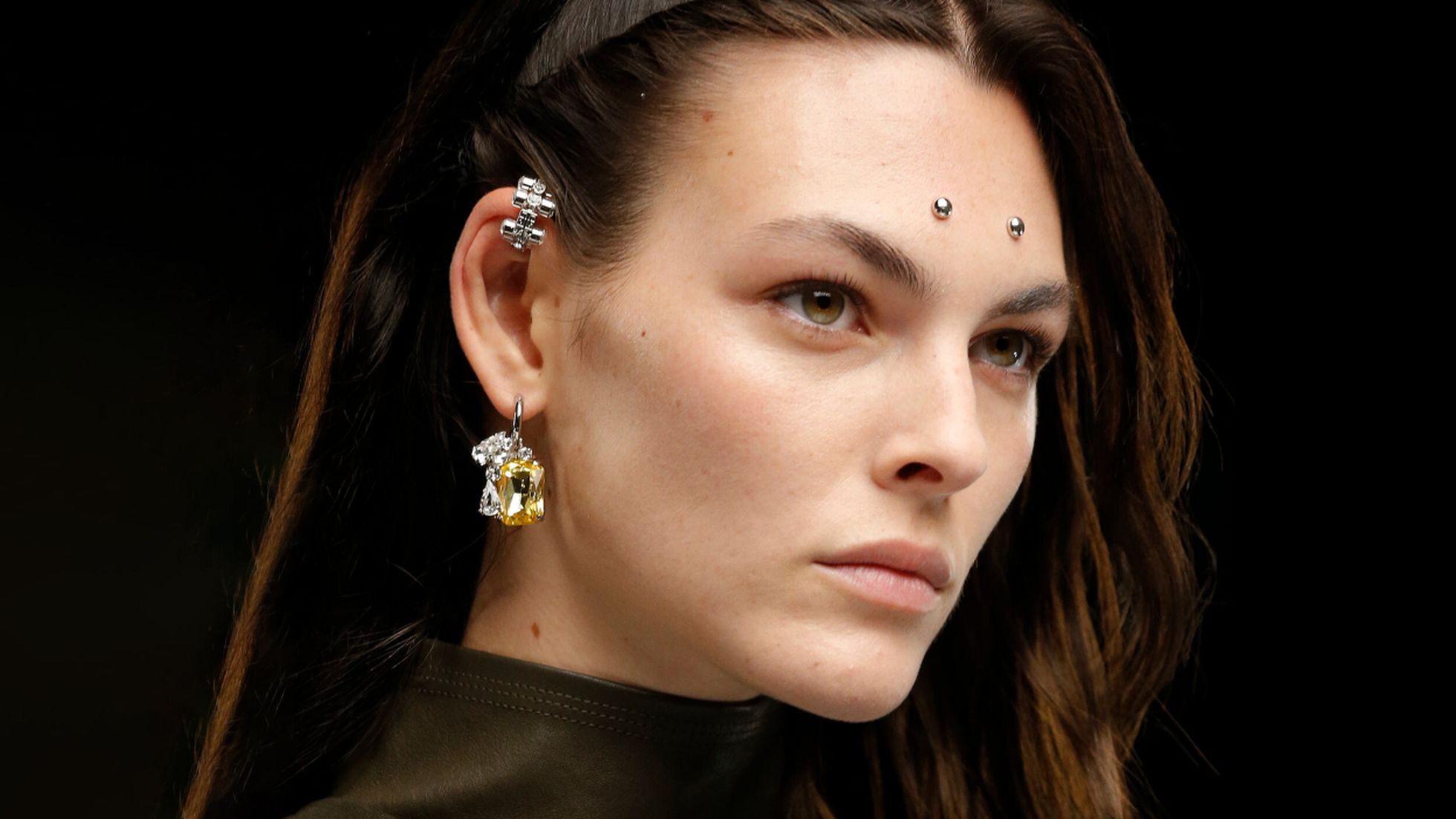
Variations and customization options for industrial piercings(Opens in a new browser tab)
The 16 Types of Ear Piercings: Choosing Based on Pain and Placement(Opens in a new browser tab)
Different Types of Jewelry Options for Nose Piercings(Opens in a new browser tab)

